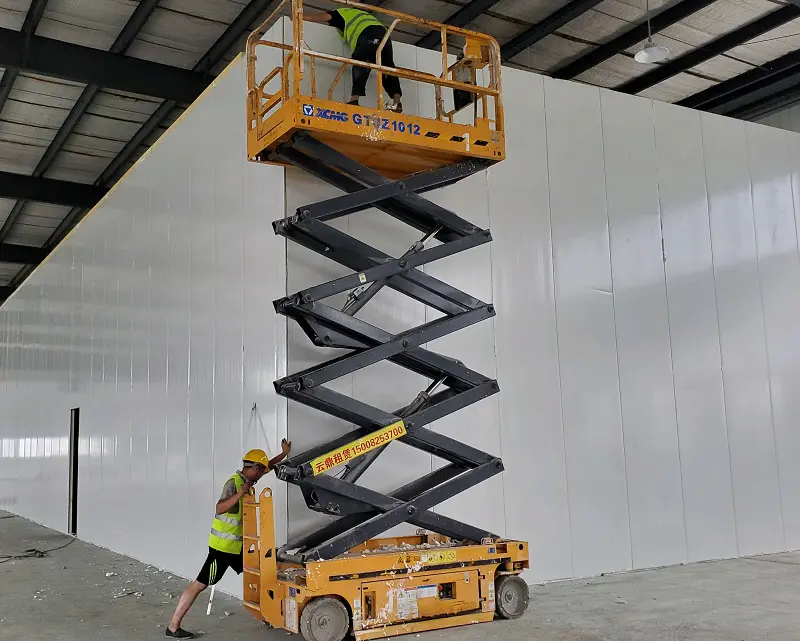For fruit and vegetable suppliers, building a cold storage facility is one of the most cost-effective ways to reduce post-harvest loss and extend freshness.
If you’re planning to build a 100-ton capacity cold storage room, understanding the cost structure and expected return on investment is essential before getting started.

1. How Much Space Do You Need for 100 Tons of Produce?
Typically, 1 ton of fruits or vegetables requires around 5–6 cubic meters of storage space.
That means a 100-ton cold room needs about 600 cubic meters of volume.
If the storage height is 3 meters, the total floor area will be around 200 square meters (≈2,150 sq ft).
Depending on layout design (aisles, packaging zones, or loading areas), the actual footprint may vary.
2. Estimated Cost of a 100-Ton Cold Storage Room
Cold storage cost largely depends on the type of system, the insulation quality, and the temperature range.
| Type of Cold Room | Temperature | Estimated Cost (USD/m²) | Total Project Cost (Approx.) | Typical Storage Capacity |
|---|---|---|---|---|
| Standard Cold Room | 0°C to +5°C | $140 – $210 | $28,000 – $42,000 | 100 tons of fresh fruits/vegetables |
| Modified Atmosphere (MA) Cold Room | 0°C | $210 – $280 | $42,000 – $56,000 | 100 tons, extended storage up to 4–6 months |
💡 Note: Prices include design, insulation panels, refrigeration system, and installation. Final cost may vary depending on brand, location, and labor cost.

3. Typical Technical Setup
A 100-ton cold storage facility usually includes:
- Insulation Panels: 100–120mm polyurethane sandwich panels for energy efficiency
- Cooling System: Air-cooled condensing units (Bitzer, Emerson Copeland, or equivalent)
- Evaporators: Aluminum-finned air coolers for stable air distribution
- Temperature Control: Siemens or Schneider smart controllers with automatic temperature recording and alarms
- Construction Time: 25–35 days from design to commissioning
4. Storage Capacity & Energy Consumption
A 100-ton cold room (200m² × 3m height) can typically store:
- Up to 100 tons of fruits or vegetables, depending on stacking and packaging density.
Average daily electricity usage:
- 45–60 kWh per day, depending on insulation thickness, door frequency, and ambient climate.
Using inverter compressors can save 15–20% in energy costs per year.
5. Real Project Example
Our client in Southeast Asia built a 100-ton fruit cold storage facility using a 0°C chiller system:
- Project duration: 30 days from design to installation
- Investment: Around $35,000 USD
- Storage capacity: 100 tons of citrus and leafy vegetables
- Result: Reduced post-harvest loss by 28%, saved 18% in annual electricity costs
This project demonstrates how a medium-sized cold room can balance storage efficiency, low energy use, and long-term freshness retention.
 China cold storage solution provider
China cold storage solution provider
